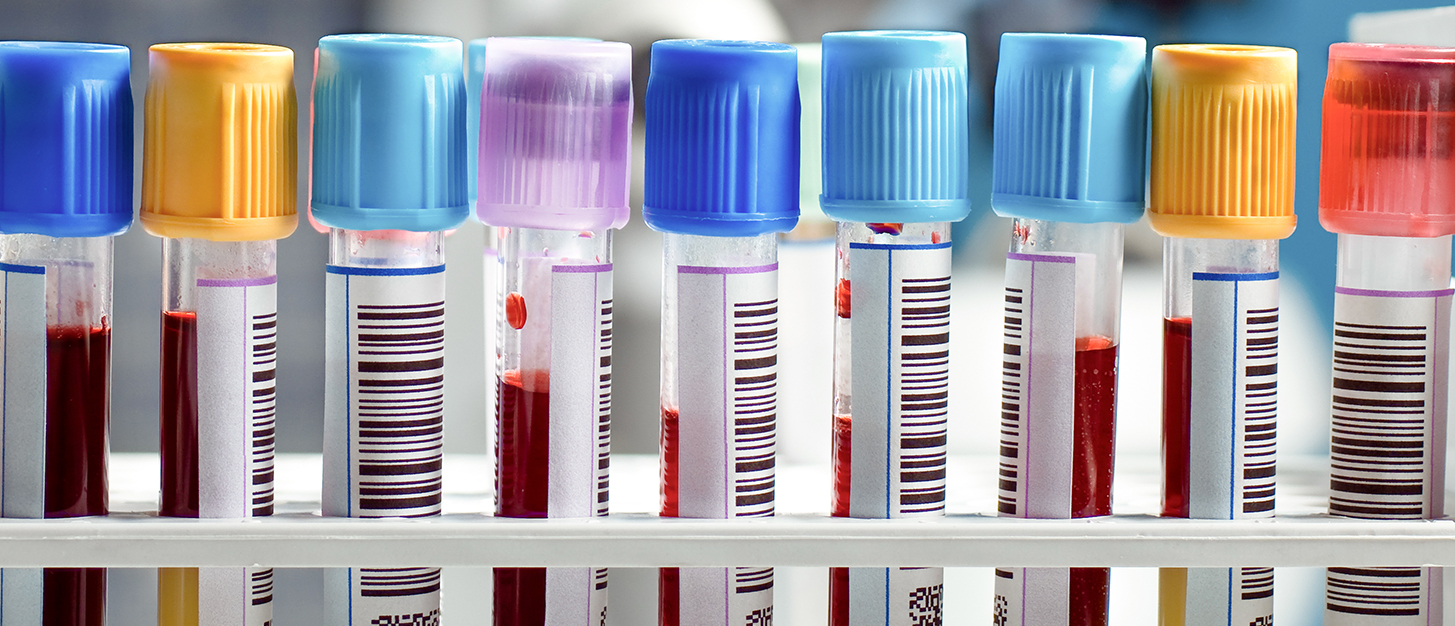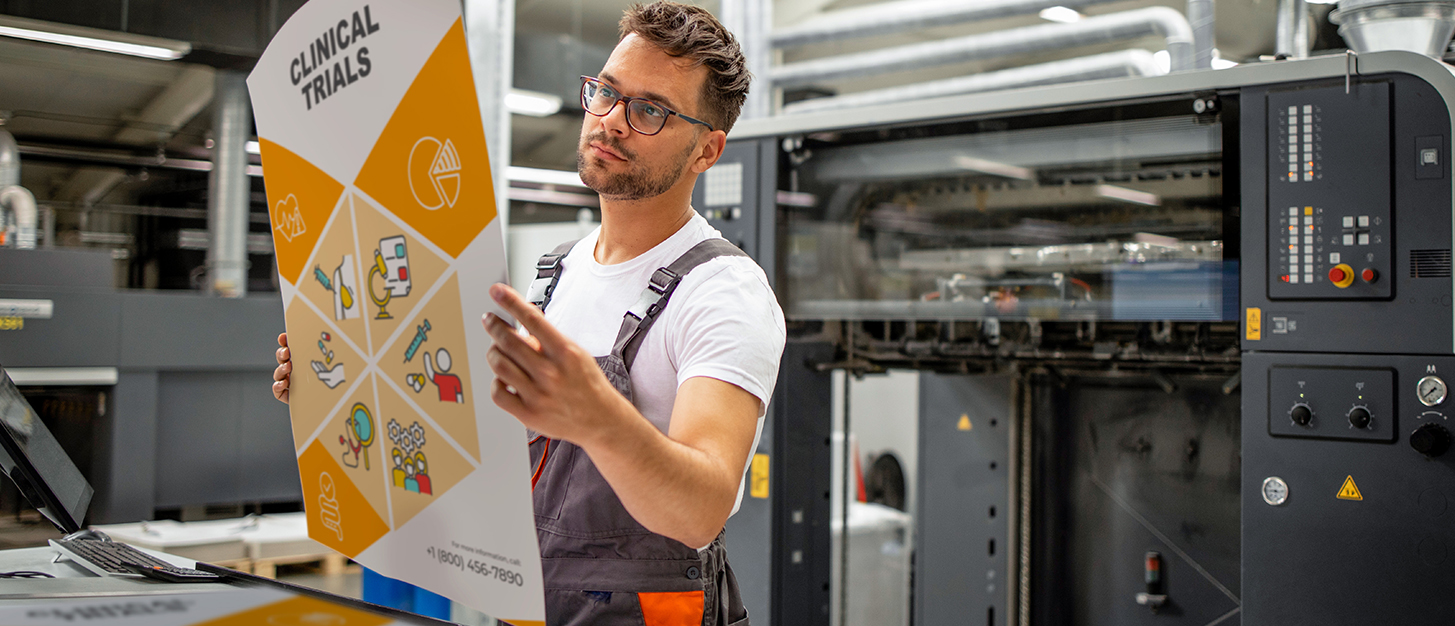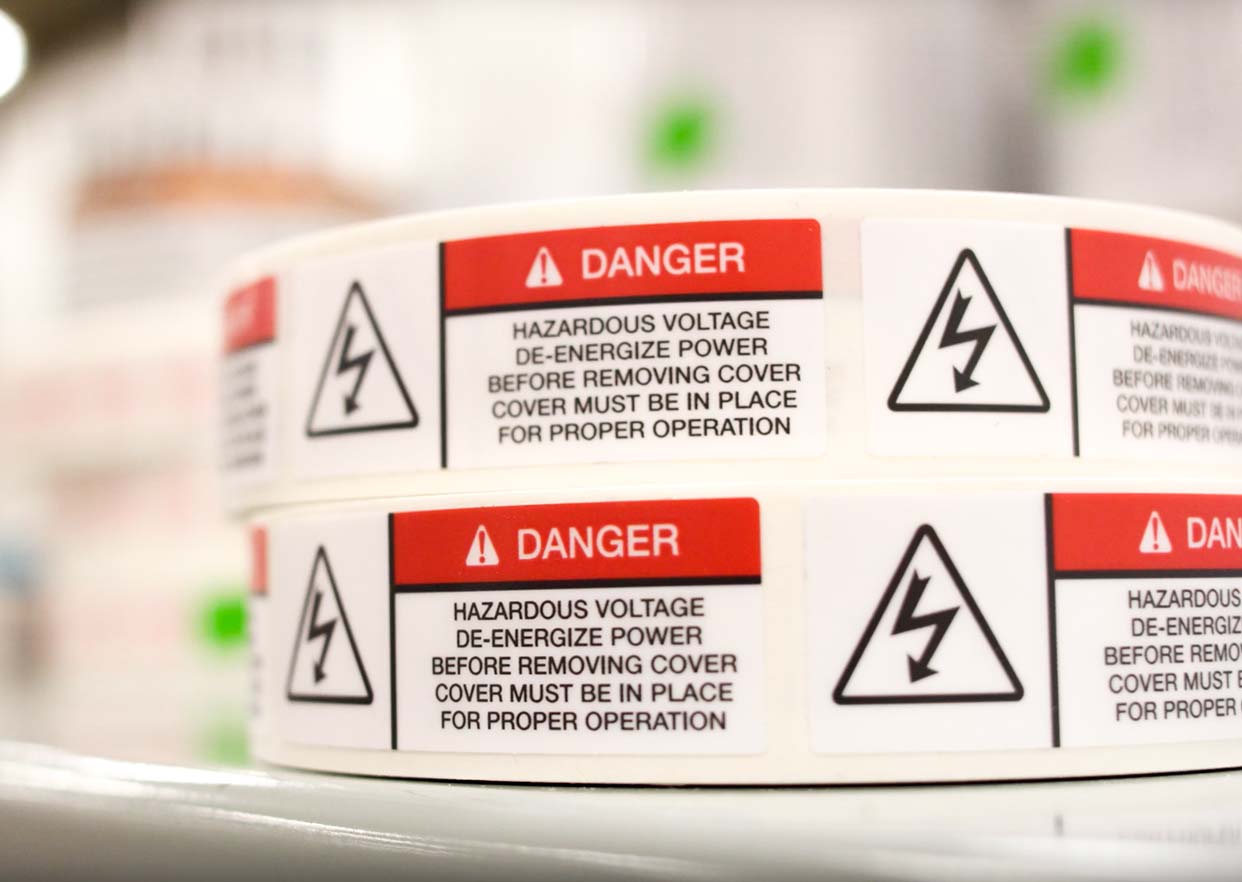The domestic 12-month inflation rate was hovering around 7.1% in November 2022, higher than at any time since the early 1980s. This sudden inflationary spike has been a nasty surprise for businesses operating under thin profit margins. Healthcare in general – and clinical labs in particular – are among those most affected. Their pricing is often contractually fixed for extended periods, making unexpected cost increases especially painful.
This blog will explore five things that clinical laboratories can do to enhance profitability in an inflationary environment. All five pertain to cost control measures that clinical lab management can pursue to take the pressure off of thinning profit margins.

Cost Control in a Clinical Lab Environment
Profitability for a clinical lab comes down to efficiency. To make money, testing processes must be streamlined to eliminate repetitive or unnecessary tasks and to ensure that patients only receive the services needed.
This analogy holds for the raw materials used by clinical labs. By eliminating redundant or unnecessary products, services and suppliers, the lab becomes more efficient and profitable. Here are five things that clinical labs should be exploring as potential cost-control opportunities.
1: Streamline clinical lab disposables
Laboratories consume large volumes of disposable items including forms, labels, gloves, gowns, masks and more. Much like raw ingredients for a restaurant or fuel for an airline, these items are absolutely necessary to the delivery of clinical lab services. However, depending on your sourcing practices, they can represent a significant source of financial waste.
By eliminating SKUs and streamlining the sourcing of such items, it’s possible to significantly reduce the per-unit cost of disposables consumed. If your lab is ordering multiple styles of gloves, consider sourcing only one style instead. If you’re using multiple types of labeling products, see if your testing processes and printers could be standardized around only one or two label designs. Eliminating product variations in your sourcing practices can reduce obsolescence, minimize waste and allow you to obtain the best pricing possible.
2: Consolidate clinical lab vendors
This second cost control tip is closely related to the first. As you explore ways to streamline the products and services your lab consumes, take a fresh look at the vendors supplying those products and services.
Are you buying specimen bags from one vendor and microscope slide labels from another? Are your disposable masks coming from Partner A and gowns coming from Partner B? Here again, streamlining your sourcing practices can allow you to consolidate vendors and obtain preferential pricing that enhances the bottom line.
A diversity spending partner may be a particularly attractive option. It could be possible for your organization to achieve Tier 1 and Tier 2 diversity spending goals while simultaneously consolidating vendors and SKUs.
3: Seek a qualified lab sourcing partner
SKU and vendor proliferation aside, another source of financial waste can arise when a clinical lab purchases consumable items from a vendor unfamiliar with the unique requirements of the healthcare industry.
Take specimen labels, for example. A low-price order on labels that looks like a smart business decision can suddenly become a costly operational nightmare if the label adhesive fails in the refrigerator or the barcode smudges when handled.
Vendor certifications are one way to prevent this from happening. When shopping for a cost-effective vendor partner for a laboratory, be sure to look for relevant regulatory compliance expertise including:
- ANSI
- DOT
- FDA
- HIPAA
- IATA
- SAMHSA
- SOC 2
- UL
4: Use technology to maximize lab staff efficiency
As noted above, clinical lab profitability hinges on operational efficiency. One aspect of efficiency is the tools and processes used by lab staff to do their jobs.
Automated processes are almost invariably more efficient than manual processes. However, manual processes often hide in plain sight simply because that’s the way it’s always been done.
Consider the specimen label example again. If your lab staff is still ordering label stock by phone, email or fax, it’s time to find a new vendor partner. A secure online ordering portal will enable your team members to place orders, track shipments and monitor inventories with a few clicks of a mouse. The time saved on these administrative tasks can then be spent on serving more patients, faster.
5: Reduce the cost of acquiring new customers
As a final tip, remember to consider the costs incurred in attracting patients to your laboratory or testing site. In marketing lingo, cost per acquisition (CPA) measures the total aggregate cost of getting a customer to take action and do business with your company. The lower the CPA, the better – and the more profitable your business.
Multiple blogs could be written about how to reduce the CPA for your lab. Suffice to say, every brand touchpoint offers an opportunity for more effective marketing and lower customer acquisition costs.
- The direct mail programs used to reach new prospects.
- The signage they see on the front of your building.
- The brochures they take from the reception desk.
- The secure communications used to deliver test results afterward.
All of these brand-building touchpoints have costs associated with them that can be optimized to minimize CPA and maximize profitability.

Taylor Healthcare: Partner to Clinical Labs Nationwide
At Taylor Healthcare, we are particularly passionate about cost control strategies for clinical laboratories. That’s because Taylor Healthcare has been providing products and services to clinical labs for decades including:
- Labels, adhesives and RFID tags
- Print and requisition outsourcing
- Document management services
- Branding and identity support
Contact a Taylor Healthcare representative to learn more.










